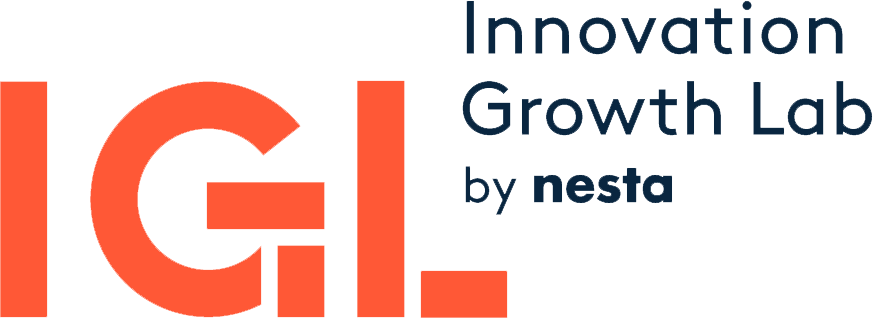Guiding innovation policy through data, ecosystem mapping, and digital insights.
Why it matters?
In an era where data drives decisions, integrating data into innovation policymaking becomes imperative. It allows organisations to grasp emerging trends while identifying potential opportunities and challenges. For IGL, this is not just a methodology. It is a practical tool aiding in informed decision-making, clarifying intricate innovation ecosystems, and providing insights into a constantly changing digital environment.
Building from the foundation laid by Nesta’s Innovation Mapping team, IGL is deeply committed to the continued exploration and data-driven analysis of innovation ecosystems. With an approach rooted in collaboration and knowledge-sharing, we leverage methodologies of data science and statistics to better understand intricate systems, identify relevant stakeholders, and chart potential innovation trajectories.
Our work and impact
Expanding on our foundation, IGL is undertaking several transformative projects in the innovation ecosystem.
In one project, in collaboration with Nesta’s Data Science Practice, we set out to unveil the landscape of emergent research and innovation in the UK, identifying unique areas of scientific, technological, and industrial capability where the UK holds a comparative advantage.
We have probed into several areas: (i) finding ‘gaps’ in research activity that struggle to bring their innovations to market, (ii) exploring emergent science and technology trends, and (iii) identifying individuals and institutions, both public and private, acting as boundary-spanners in their field. We also built a shared taxonomy of research activities in the UK, which was used to compare R&I across academia and industry.
In another new project, we will be exploring how to map the impact of a high-profile new research technology beyond its immediate academic footprint to determine its wider impact on society and science.
As we move forward, IGL is keen to further its engagement in these and new areas, supporting the rapidly evolving innovation landscape. To work with policymakers and researchers to create the conditions for greater application of data-driven science and experimentation to better understand the growing complexities of modern science and its evaluation, and to develop effective policies.
Key resources
- Building a taxonomy of innovation, an overview of our approach to build, validate and label a five-level taxonomy of research topics in the UK, along with instructions to download and use
- An Introduction to Data Science for Innovation Policy
- How to be more bee-like (and go from richer innovation maps to better innovation policies)

